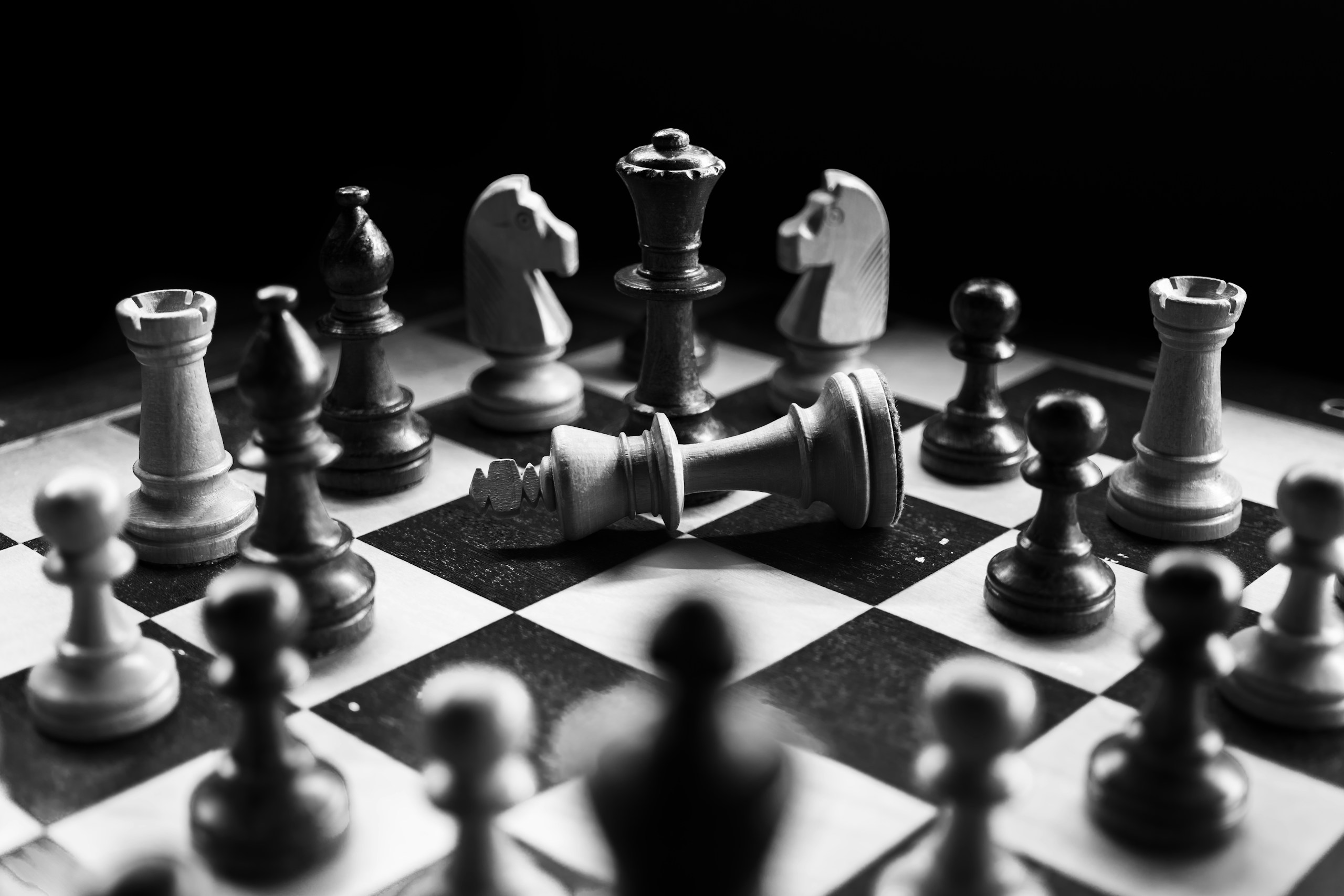Strategic planning consists of determining the set of decisions that will enable us to access the activities considered to be the most significant. In the immediate post-war period, planning was based on business forecasting methods that made it possible to evaluate the future on the basis of simple, reasoned extrapolations of past trends1. Essentially projective, planning began with an inventory of initial resources and means and ended, a posteriori, with the determination of short- and medium-term objectives. In the 50s and 60s, the emergence of foresight led to a renewal of planning approaches, particularly in terms of devising long-term objectives while the future remained undecided and uncertain. Unlike traditional planning, foresight planning focuses on long-term objectives and goals, and then progressively looks at goals, strategies, and resources in relation to an increasingly distant time horizon. Forward planning is based on a range of heterogeneous tools and practices2, the best known of which is the scenario method.
The scenario method: an aid to strategic planning

Latest from Blog

Qu’est-ce que la “deep tech” ?Définitions et enjeux stratégiques
Le terme “deep tech” s’impose aujourd’hui comme une notion incontournable dans l’univers des technologies, de l’innovation et des affaires. Il suscite un

Recherche ou innovation ? Avec les thèses Cifre, plus besoin de choisir
Quand un jeune chercheur, un laboratoire et une entreprise s’associent, les résultats sont souvent spectaculaires. Grâce au dispositif de la thèse Cifre,

Basic or applied research in university–industry collaborations? An analysis of research orientations in knowledge creation partnerships
In a knowledge-based economy, university–industry collaborations play a pivotal role in driving innovation and economic growth. This study investigates the research orientations

How can foresight help us imagine the future?
For organisations, whether in the private or public sector, adapting to the future can seem like an impossible task. The challenge is

How Shell anticipated the 1973 oil crisis?
In 1973, the world economy was shaken by a major oil crisis. In the wake of the Yom Kippur War1, the Gulf



